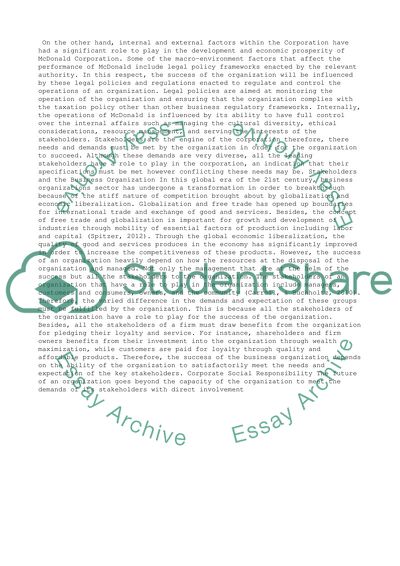Cite this document
(“Organizational Cultural Audit and Gap Analysis Essay - 1”, n.d.)
Retrieved from https://studentshare.org/business/1475042-organizational-cultural-audit-and-gap-analysis
Retrieved from https://studentshare.org/business/1475042-organizational-cultural-audit-and-gap-analysis
(Organizational Cultural Audit and Gap Analysis Essay - 1)
https://studentshare.org/business/1475042-organizational-cultural-audit-and-gap-analysis.
https://studentshare.org/business/1475042-organizational-cultural-audit-and-gap-analysis.
“Organizational Cultural Audit and Gap Analysis Essay - 1”, n.d. https://studentshare.org/business/1475042-organizational-cultural-audit-and-gap-analysis.


